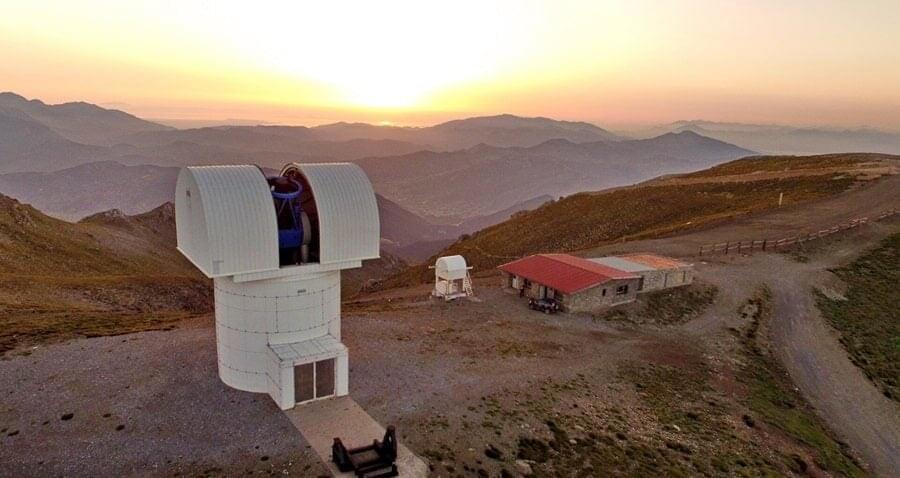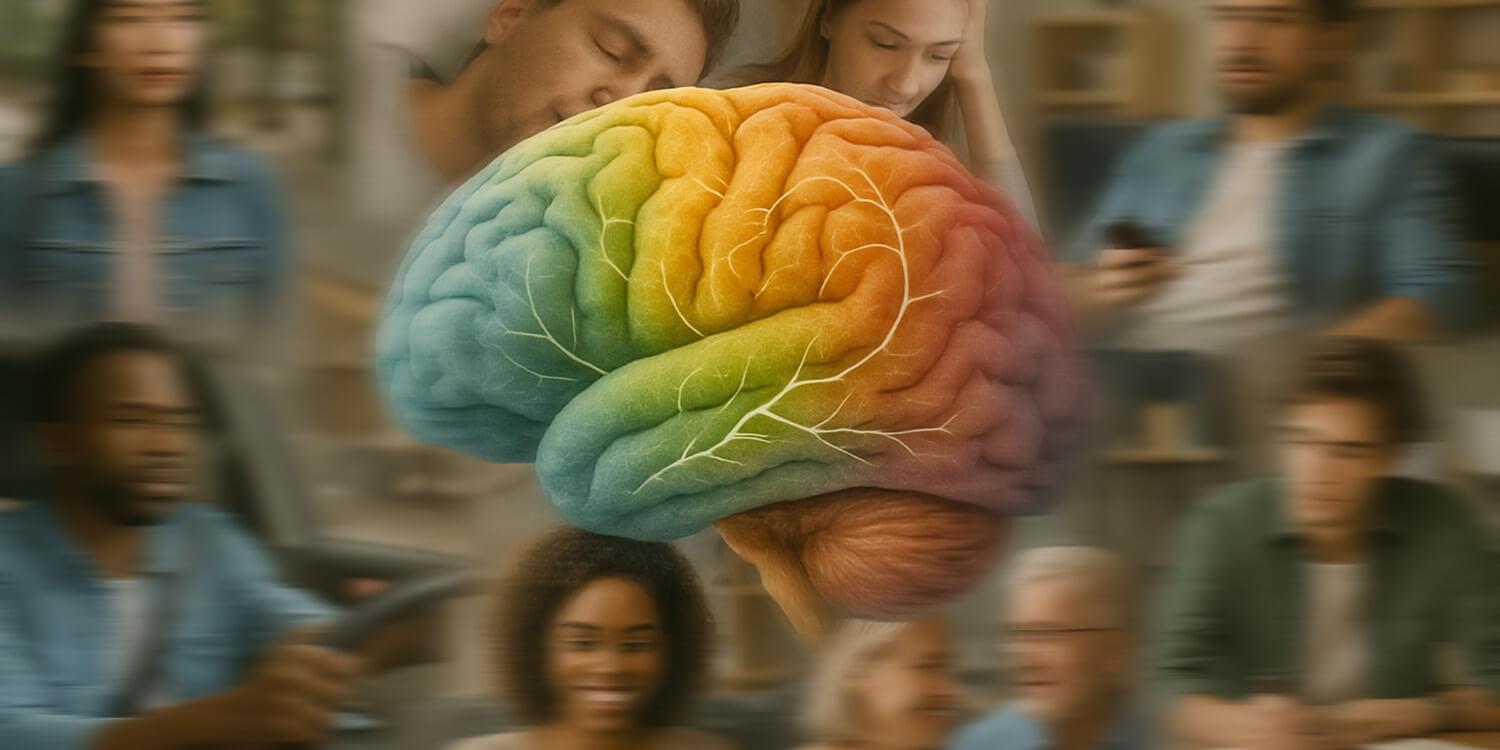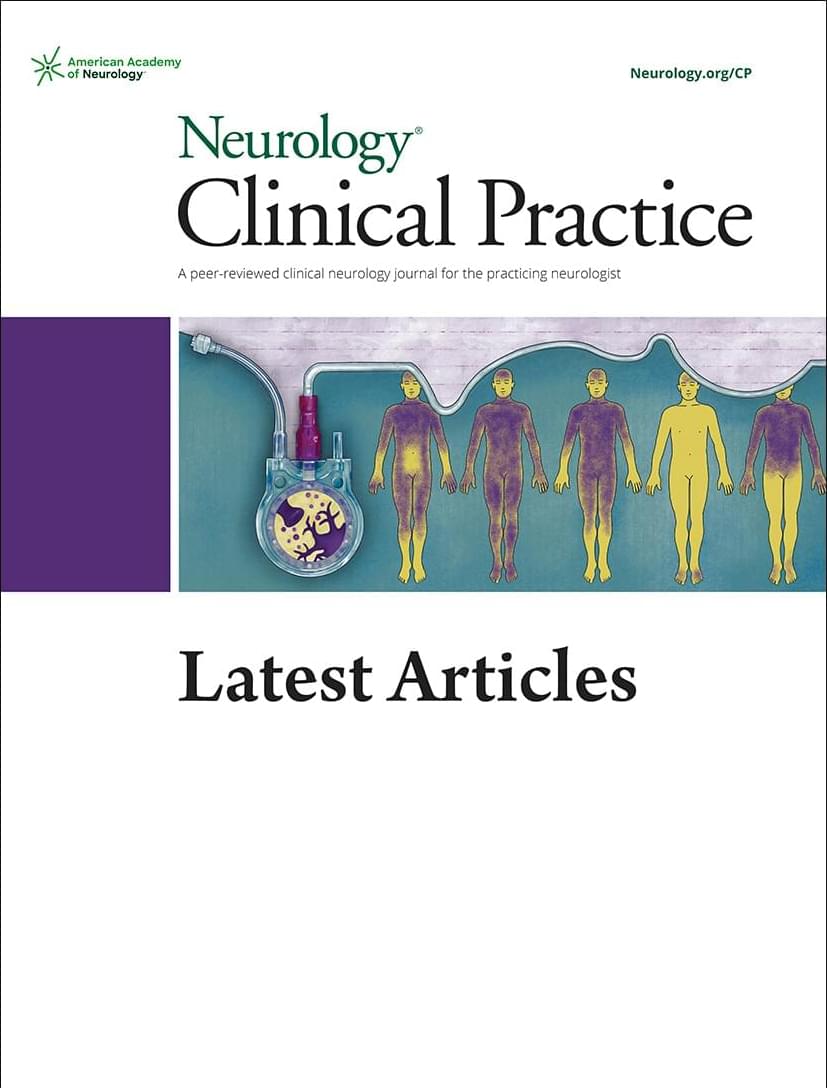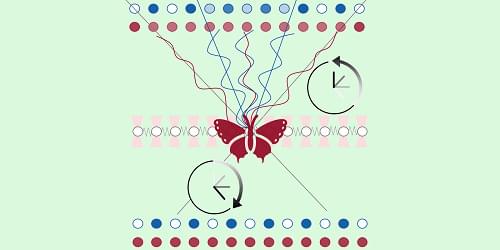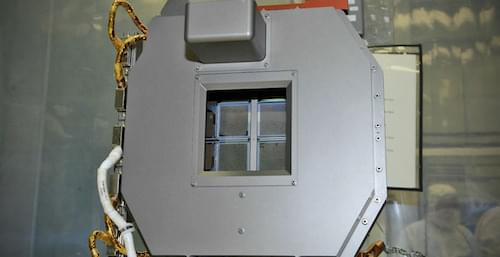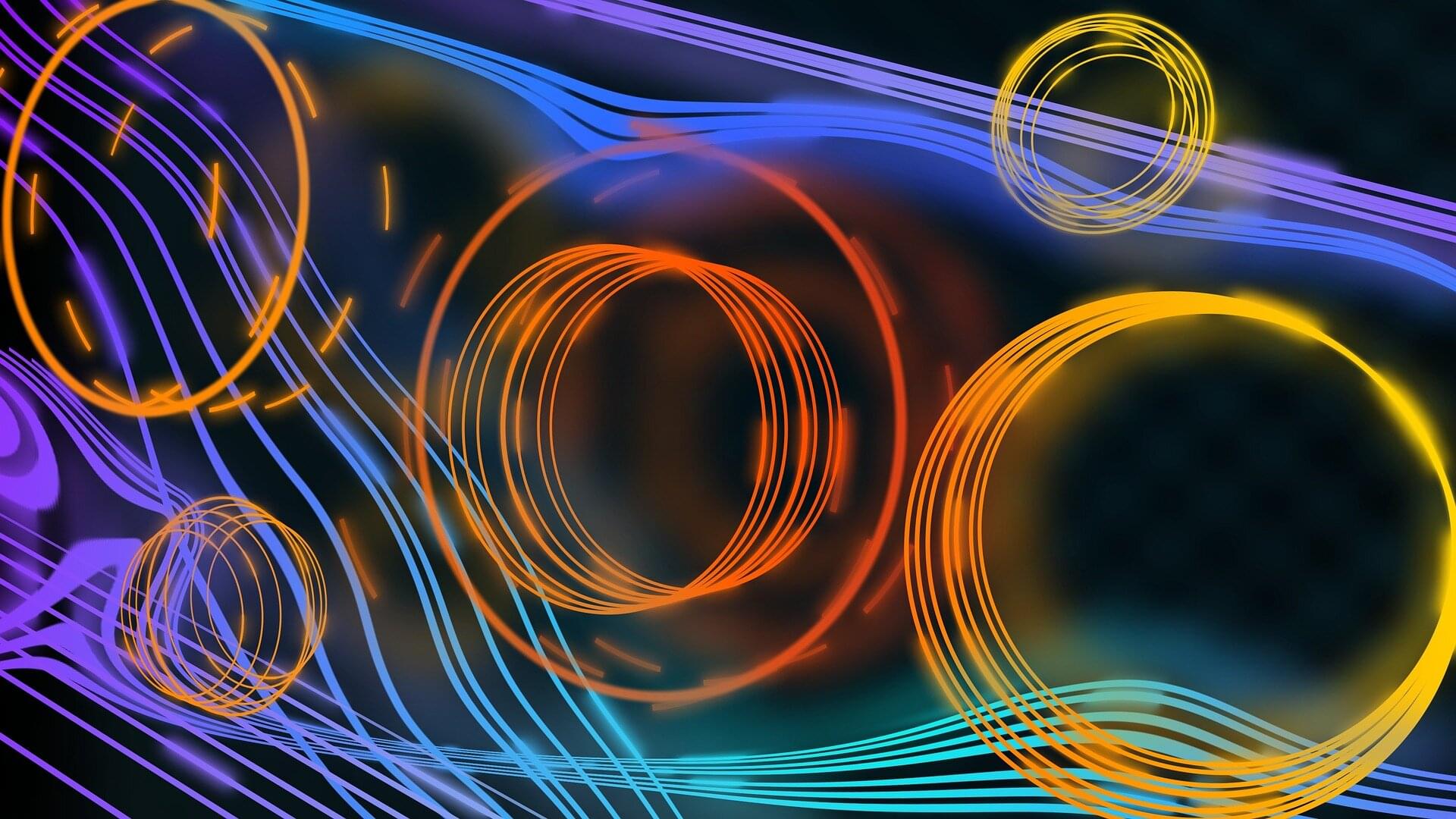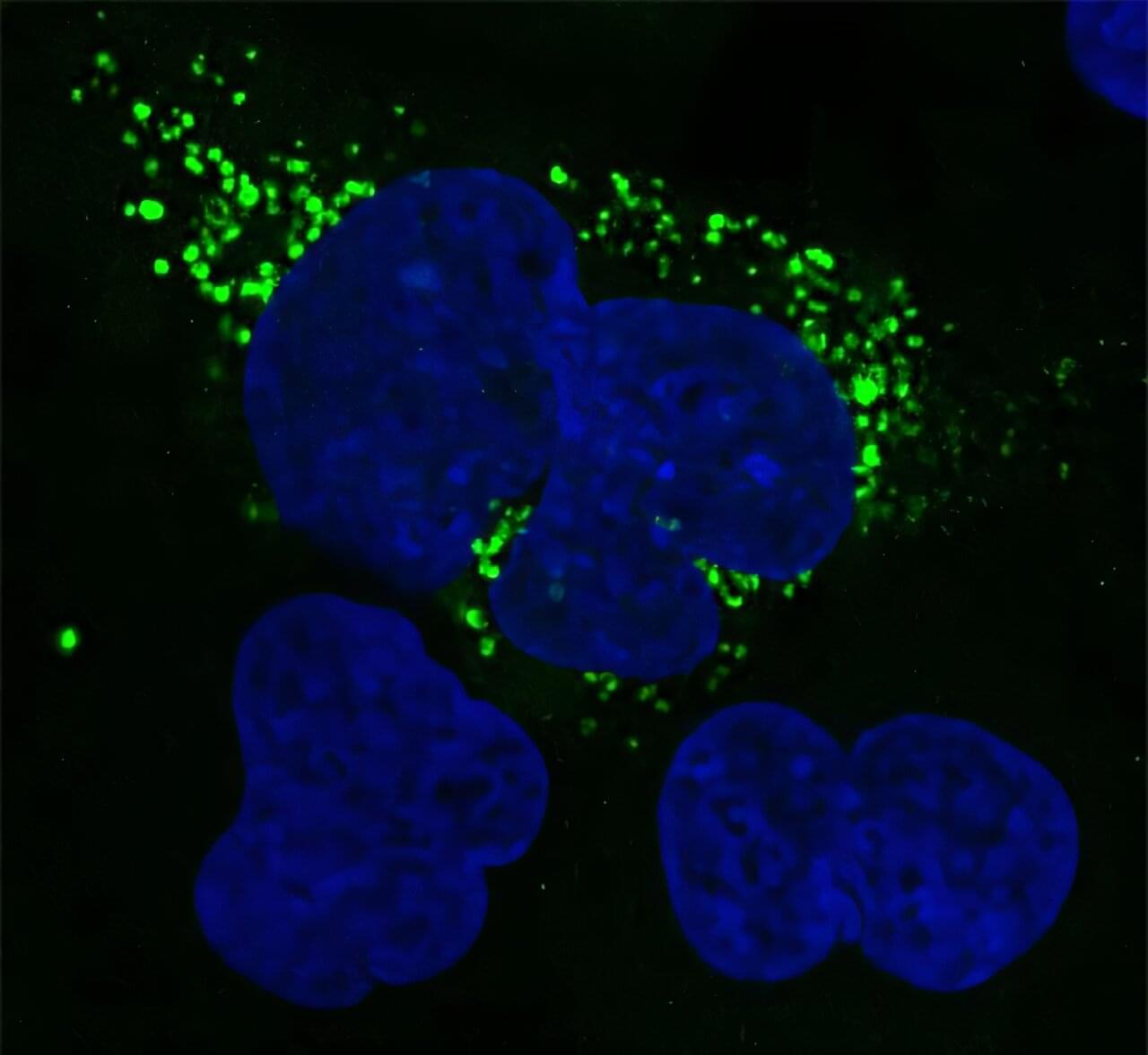A milestone in space communication was celebrated in Athens, the capital of Greece, on Wednesday, as the National Observatory of Athens (NOA) was formally recognized by the European Space Agency (ESA) for its pivotal role in the first-ever optical communication link with a spacecraft in deep space, a landmark achievement in international space collaboration.
The groundbreaking laser communication link between NASA’s “Psyche” spacecraft—currently en route to Mars —and Greece’s Kryoneri Observatory in Corinth was established on July 7, 2025. The project, a joint effort by NASA and ESA, involved transmitting a laser message across nearly 300 million kilometers (about 186.4 million miles). The message, sent from Kryoneri, was received shortly afterward at the Helmos Observatory’s Aristarchos Telescope in Achaia, northern Peloponnese, just 37 kilometers (23 miles) away.
This experiment marked the deepest wideband optical communication link ever recorded in space.
